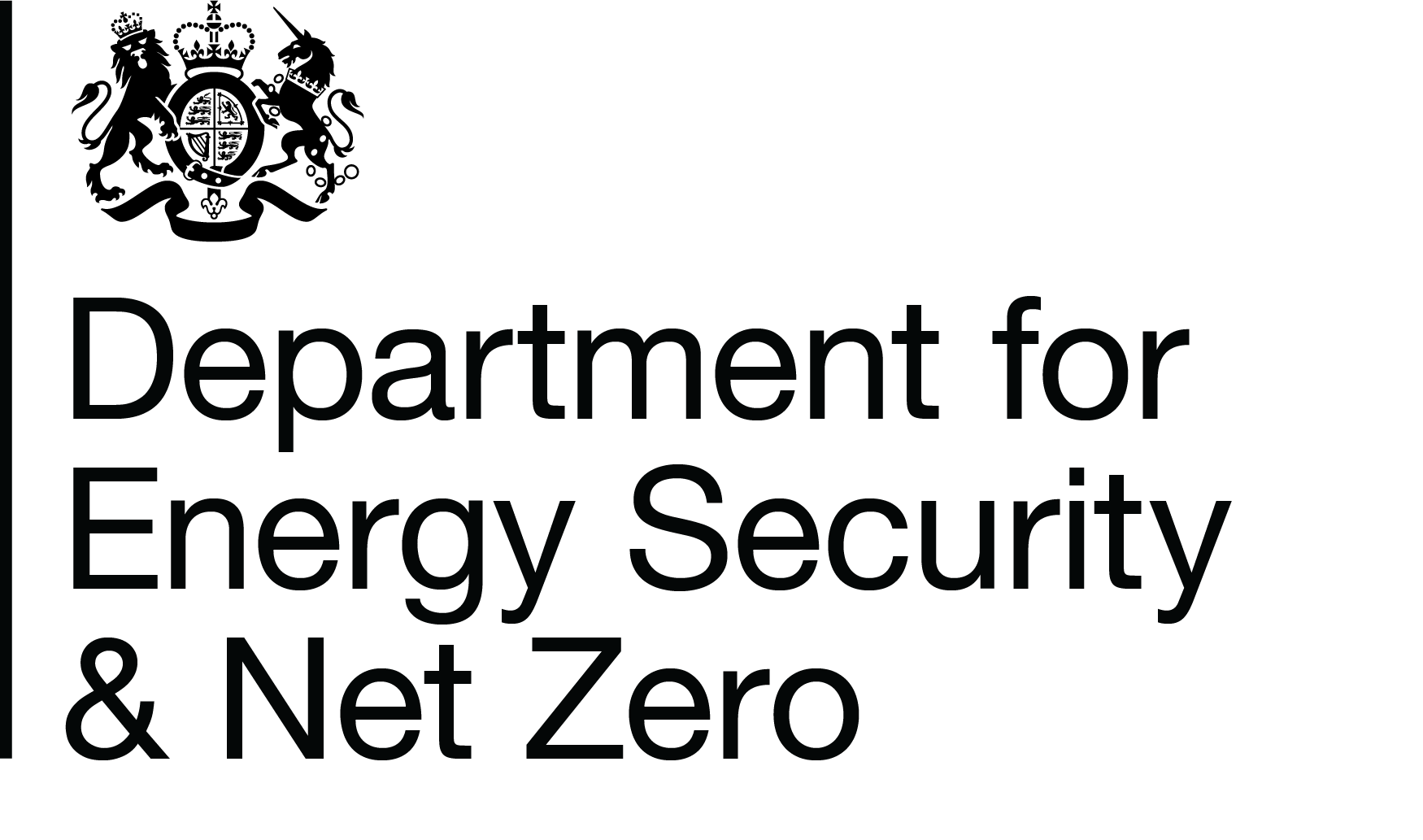Consultation on a low carbon hydrogen certification scheme
Overview
In the British Energy Security Strategy (BESS), the Government committed to launching a hydrogen certification scheme by 2025 to demonstrate high-grade British hydrogen for export and ensure any imported hydrogen meets the same high standards that UK companies expect.
Certification of hydrogen could provide a robust and reliable way for producers of low carbon hydrogen to prove the credentials of their product. A low carbon hydrogen certification scheme could create benefits for the whole hydrogen value chain including producers, off-takers and society as a whole, and support decarbonising the hydrogen economy. Certificates could help scheme participants to access new low carbon markets, report progress towards decarbonisation targets to corporate stakeholders, demonstrate eligibility and compliance for subsidy schemes, or be used to meet Government obligations and prove compliance with regulations.
This consultation sets out Government’s ‘minded to’ positions on the design elements of a low carbon hydrogen certification scheme. We are seeking views on these initial positions and intend to continue to engage with industry as we develop our thinking and finalise the scheme’s design. This consultation is separated into sections covering the following areas:
- Chapter 1 – Fundamental scheme design. This chapter highlights the basic building blocks for the scheme. We propose that participation in the scheme should be voluntary, UK-wide, and that we expect the scheme to evolve over time following the Low Carbon Hydrogen Standard (LCHS). We also set out our ‘minded to’ position for the unit that certificates should be issued in, identify the need to consider how to issue certificates with an evolving standard, and set out how we expect the scheme to interact with the UK Emissions Trading Scheme.
- Chapter 2 – Information disclosure. This chapter discusses what information should be contained on a certificate. We set out the certificate design of some international schemes, and then set out our ‘minded to’ position that a certificate should include both factual information and a label to help interpret that information. Finally, we discuss how tiered labels could be introduced.
- Chapter 3 – Chain of Custody. This chapter sets out how certificates should allow hydrogen to be traced through the value chain. Here we set out our ‘minded to’ position that a Mass Balance system of Chain of Custody is most appropriate for this scheme.
- Chapter 4 – Further design considerations. This chapter sets out issues that are likely to require further consideration as we develop the scheme. These issues include how we could structure our consignment approach, how we can enable international trade of certificates, and challenges arising from the mid-stream.
- Chapter 5 – Delivery and administration. This chapter talks about how the scheme could be delivered including data reporting and frequency; alignment with other schemes, the transfer and retirement of certificates, and how the scheme could be delivered.
Read the consultation document on GOV.UK before answering the following questions.
Audiences
- Low carbon technologies
Interests
- Innovation

Share
Share on Twitter Share on Facebook